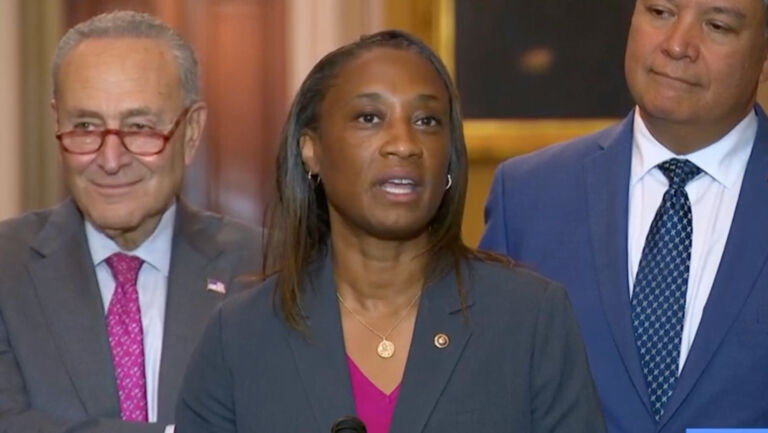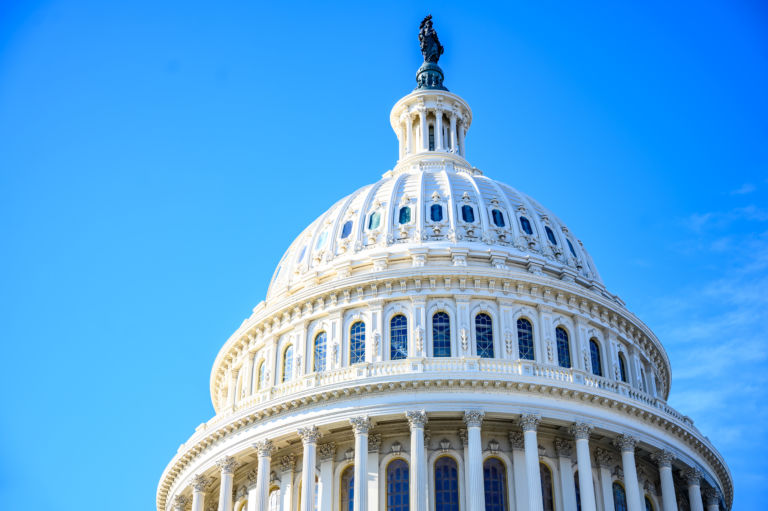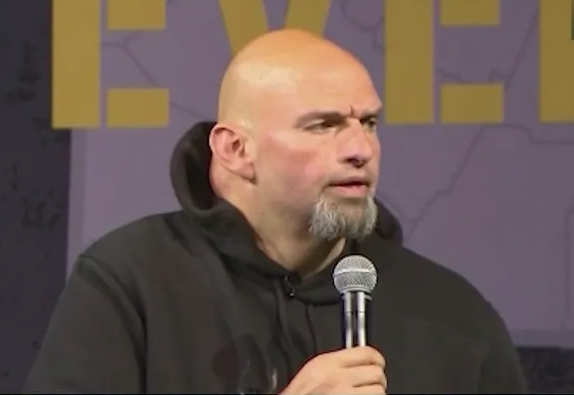David Drucker of the Washington Examiner reports on the key races that are likely to determine control of the U.S. Senate in 2023.
The battle for Senate control will hinge on campaigns in any one of six states, maybe seven, as Republicans aim to net the single seat they need to reclaim the majority in the midterm elections.
Democrats are defending the barest of advantages. Their rule over the evenly divided, 50-50 Senate exists courtesy of the tiebreaking vote Vice President Kamala Harris wields in her constitutionally designated role as Senate president. That leaves Democrats little room for error in a 2022 election cycle shaping up as a Republican wave and correspondingly leaves the GOP multiple options to reach 51 among the six to seven states where the parties are duking it out.
Interviews with the Washington Examiner Monday revealed extraordinary consensus regarding the Senate battlegrounds, with Democratic and Republican strategists agreeing on the states with the most competitive campaigns. They are listed here in alphabetical order, to account for the evolving nature of each contest.
What appears most competitive today, or winnable for either side of the aisle, could change at a moment’s notice, especially in the aftermath of the Supreme Court decision overturning Roe v. Wade. Unlikely to change is the defensive crouch Democrats find themselves in. The map simply offers the GOP more offensive opportunities to reach the promised land than it does for Democrats to block them from getting there. …
… So, what race is noticeably off this list? Democrats and Republicans alike wavered on whether to include North Carolina, where Rep. Ted Budd (R) is running against Cheri Beasley, the former chief justice of the state Supreme Court, for the right to replace retiring Sen. Richard Burr (R).
Ever since Obama won North Carolina in 2008, it’s been perennially close but generally disappointing for Democrats in federal races. Worth monitoring; not worth betting on.


